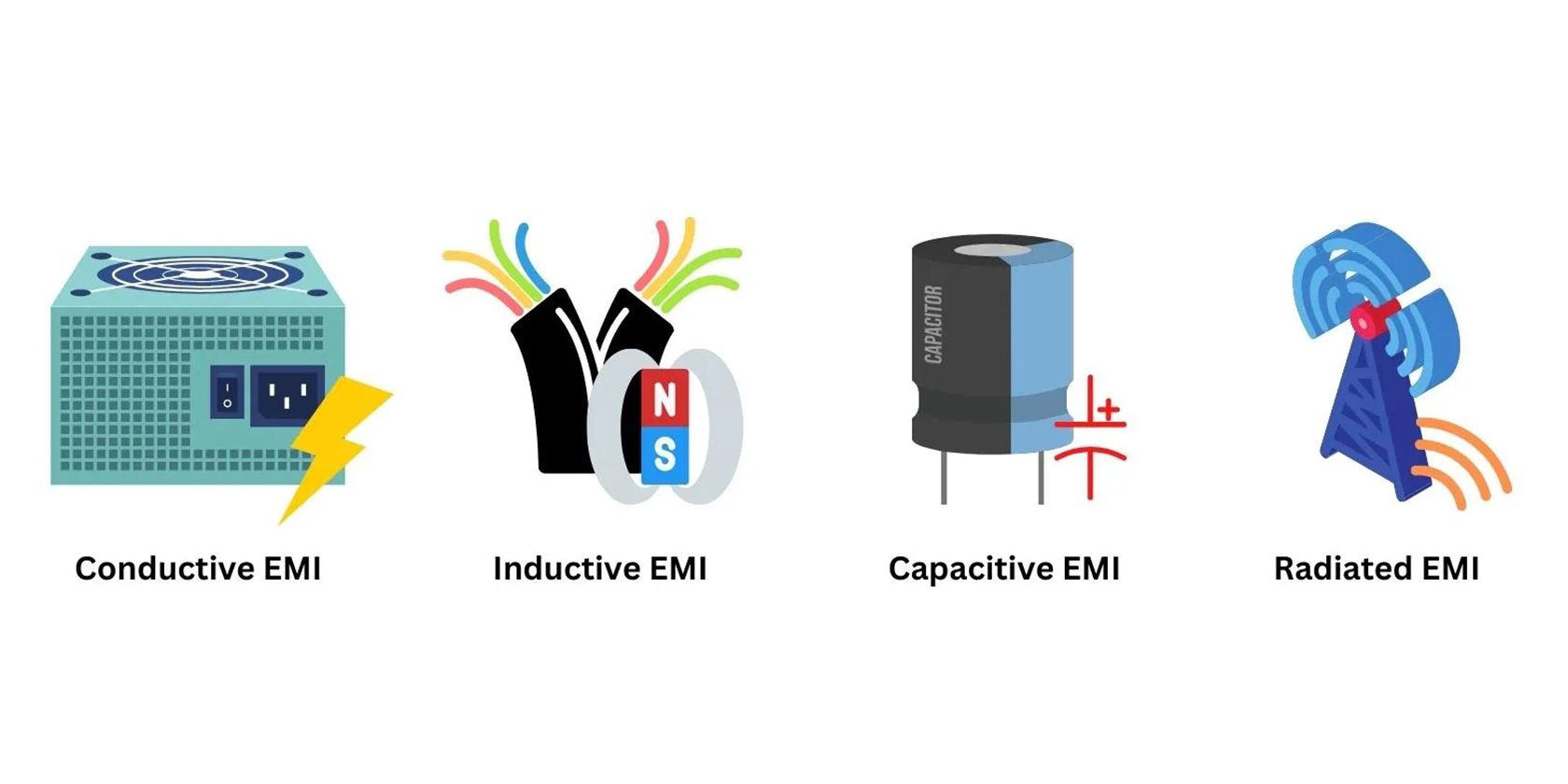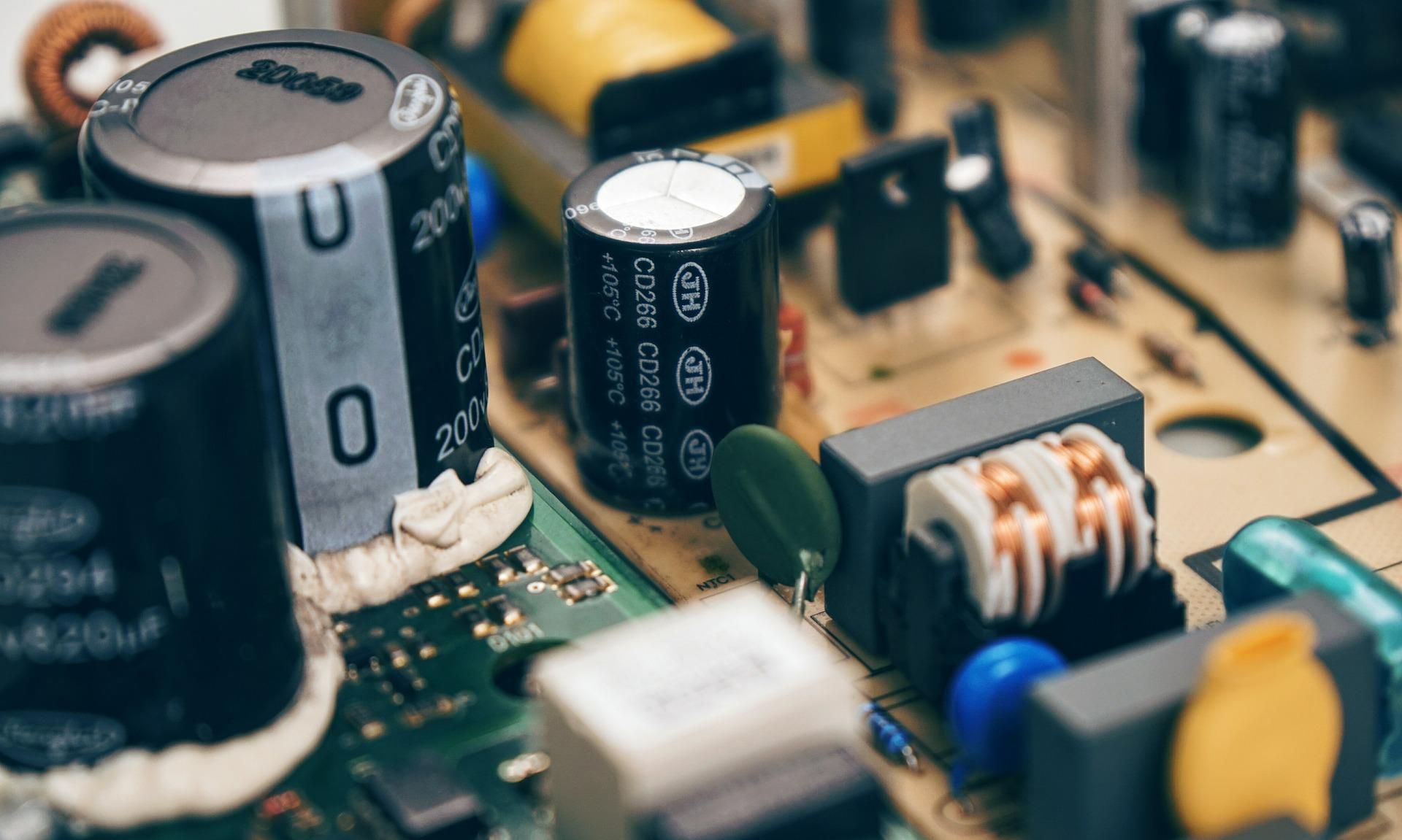Electromagnetic interference (EMI) is a blanket term for any signal that escapes its intended path and interferes with nearby electronic devices. It can cause electrical and electronic devices to malfunction or even break down completely.
If you don't want to spend money on unnecessary repairs or replacements caused by EMI, you must understand what causes EMI and how electronic devices can be protected from it.
So, what causes EMI? How does it affect your electronics, and how can you protect against its harmful effects?
What Causes EMI?
Because EMI is a broad term used to talk about interfering signals affecting various electric and electrical components, its potential causes are also broad and varied.
In general, EMI has three causes: natural, man-made, and inherent.
Natural Electromagnetic Interference
Natural EMI is caused by natural events such as rainstorms, solar flares, and lighting. These naturally occurring phenomena have enough potential to create electromagnetic waves in the air, which can overwhelm various devices.
Natural EMI is some of the most dangerous types of EMI. Depending on its intensity, a natural EMI event could cause minor inconveniences (such as low telecom coverage) or catastrophic destruction resulting in statewide or even nationwide power blackouts.
Man-Made Interference
Man-made EMI is generated by human-manufactured devices, equipment, and structures. Some familiar sources of man-made electromagnetic interference include radio telecommunication towers, radar systems, high-voltage power lines, and even your kitchen microwave.
Inherent EMI
Inherent EMI happens when the device's internal components unintentionally generate interference with its other components, causing the machine to break or malfunction. This problem often stems from poor product designs being manufactured without proper testing.
Inherent EMI is often the hardest to protect against, as the interference comes from the device itself.
The Four Coupling Mechanisms of EMI
Understanding the general causes of EMI is a great way to familiarize yourself with this harmful phenomenon. But if you want to protect your electronic devices from EMI, you'll need to be knowledgeable about the various ways (coupling mechanisms) electromagnetic disturbance can enter your device.
A coupling mechanism is the various modes or ways energy is transmitted from source to device. So, understanding the different coupling mechanisms of electromagnetic interference can help you pinpoint how EMI is likely to enter and circulate on your device.
By doing so, you can determine what areas should be shielded from it. These are the four coupling mechanisms of EMI that you should focus on to protect your device.
1. Conduction
This happens when the interference is caused by the transfer of electromagnetic waves through physical conductors such as wires and cables. It is caused when two or more devices utilizing different frequencies get connected through cables causing them to malfunction.
This type of EMI is often a problem for various power supplies.
2. Radiation
This occurs when electronic devices are overwhelmed by radio waves. Radiated EMI tends to be more noticeable when devices (such as cell phones) are used in proximity to radar systems, power transmission lines, or telecommunication towers.
3. Capacitive
This EMI coupling is observed when internal components of a device emit too much noise that it interferes with other electrical components within the circuit. Capacitive EMI is often a result of poor design or malfunctioning components inside a circuit. It is also the most common coupling mechanism for Inherent EMIs.
4. Inductive
This coupling type happens because the proximity of two or more devices leads to the creation of an electric field which disrupts their regular operation. This is often observed when cables without proper shielding get bundled together, generating Eddy currents that affect devices.
How to Protect Your Device From EMI
Most electronic devices already come with some level of EMI protection by design. This, however, doesn't guarantee that your device is safe from EMI.
You can still do several things to supplement the already existing EMI protection on your device. Try to implement as many of the following whenever applicable.
1. Proper Cable Shielding
Cables and wiring are common pathways where EMI can creep into your device or equipment. Using shielded cables will stop or at least reduce the effects of inductive or radiated EMI trying to enter your device. Shielded cables are simply cables that come insulated with an extra layer of aluminum.
2. Use Twisted Pair Cables
Using twisted pair cables will help reduce the effects of inductive EMI from entering your devices. Having a pair of twisted cables help reduce EMI by canceling out each other's frequencies preventing the generation of electromagnetic fields
3. Proper Distance
All electronic devices will emit some level of noise into the atmosphere. It is best to allocate proper distances between them to ensure these signals don't interfere with each other.
For example, you'll want to avoid placing your computer, TV, or router from noisy home equipment such as microwaves, inverters, induction stoves, heaters, and radiators.
4. Use EMI Shielding Tapes
EMI Shielding Tapes are special tapes used to contain signals from your device and block outside signals from other devices. They are convenient ways to reduce incoming radiated EMIs without spending money on specialty shields and cables for specific devices.
They are also quick and easy to install since you can basically tape them in whatever area of the device or cable you think may be affected by radiated EMI.
5. Buy EMC Approved Electronics
There are still many electronics out there that haven't passed Electromagnetic Compatibility (EMC) certifications. Having an EMC-certified electronic ensures that your device has been designed and tested to stop or reduce incoming and outgoing possible interference.
Many product safety certifications implement EMC—you can easily spot them by looking for a specific logo or marking illustrated on the product. Some of our products also come with parts that might seem useless, like ferrite beads, but are essential for arresting EMI.
So if you're buying a device, especially a cheaper one from an untested manufacturer, you should check out its parts to see if it has the proper shielding and EMI protection.
EMI is More Common Than You Think
Many people have the notion that EMI only happens on rare occasions. This, however, cannot be further from the truth. In fact, you're probably already experiencing EMI inside your household.
EMI doesn't always result in devices malfunctioning. Household EMI isn't often strong enough to affect the performance of your devices. Although the effect might not show immediately, the weak but constant interferences lower your electronics' life span.






